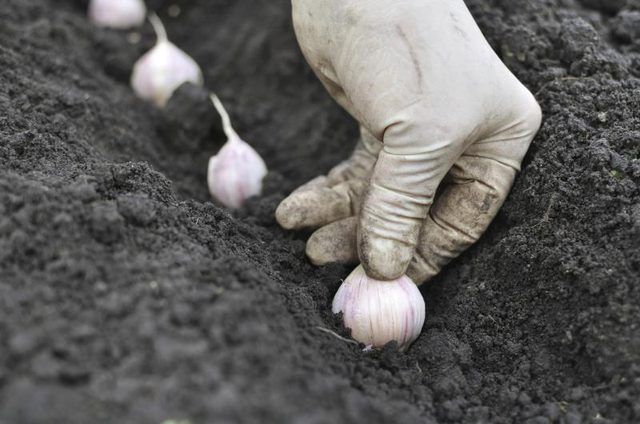Bulbs
Flower Basics
Flower Beds & Specialty Gardens
Flower Garden
Garden Furniture
Garden Gnomes
Garden Seeds
Garden Sheds
Garden Statues
Garden Tools & Supplies
Gardening Basics
Green & Organic
Groundcovers & Vines
Growing Annuals
Growing Basil
Growing Beans
Growing Berries
Growing Blueberries
Growing Cactus
Growing Corn
Growing Cotton
Growing Edibles
Growing Flowers
Growing Garlic
Growing Grapes
Growing Grass
Growing Herbs
Growing Jasmine
Growing Mint
Growing Mushrooms
Orchids
Growing Peanuts
Growing Perennials
Growing Plants
Growing Rosemary
Growing Roses
Growing Strawberries
Growing Sunflowers
Growing Thyme
Growing Tomatoes
Growing Tulips
Growing Vegetables
Herb Basics
Herb Garden
Indoor Growing
Landscaping Basics
Landscaping Patios
Landscaping Plants
Landscaping Shrubs
Landscaping Trees
Landscaping Walks & Pathways
Lawn Basics
Lawn Maintenance
Lawn Mowers
Lawn Ornaments
Lawn Planting
Lawn Tools
Outdoor Growing
Overall Landscape Planning
Pests, Weeds & Problems
Plant Basics
Rock Garden
Rose Garden
Shrubs
Soil
Specialty Gardens
Trees
Vegetable Garden
Yard Maintenance
How to Plant Garlic in the Spring
How to Plant Garlic in the Spring. Garlic (Allium sativum), nicknamed the "stinking rose," adds a pungent scent to your backyard and exotic flavors to your meals. It generally grows in U.S. Department of Agriculture plant hardiness zones 3 through 8. While most people plant garlic in fall, you can also plant it in early spring.

Garlic (Allium sativum), nicknamed the "stinking rose," adds a pungent scent to your backyard and exotic flavors to your meals. It generally grows in U.S. Department of Agriculture plant hardiness zones 3 through 8. While most people plant garlic in fall, you can also plant it in early spring.
Fall vs. Spring Planting
Typically, gardeners plant garlic in the fall approximately six weeks before the soil freezes. In warmer climates that don't get a hard frost, early spring planting is an option. No matter where you live, fall-planted garlic results in a bigger bulb yield the following year. That's because the garlic sprouts and begins to form roots before winter kicks in, giving the plant a head start on growth. If you plant garlic in the spring, it won't have as much time to develop and your harvest will be smaller. Should you still choose to do a spring planting, you must practice bulb vernalization. This mimics the cold that garlic needs. Store the garlic bulbs in your refrigerator for at least two months before planting the garlic.
Choosing a Spot
Garlic thrives best in full sun. Choose an area that gets a minimum of six to eight hours of direct sun every day. More sun is better and results in healthier garlic plants and a bigger garlic harvest. Consider a planting site on the east- or west-facing sides of your property to maximize sun.
Preparing the Soil
Plant the garlic as early in the spring as possible. Garlic tolerates frost, so begin preparing your soil as soon as it is thawed and workable. Use a spade and break up the garden bed to a depth of approximately 18 inches. Mix in 4 to 6 inches of compost. This creates the well-draining soil that garlic needs to thrive. Then, add 1 pound of 6-16-8 all-purpose fertilizer for every 50 square feet of gardening area, mixing the fertilizer into the soil approximately 8 inches deep.
Planting
Start with a clean garlic bulb from a garden store or nursery, or a bulb that you saved from a previous year's harvest. Don't use garlic from the grocery store, as it may have been treated with chemicals. Break the bulb into individual garlic cloves. Push the clove into the soil approximately 1 inch deep with the narrow end pointing up. If you are planting more than one clove, space all garlic varieties apart by 4 to 6 inches except for elephant garlic, which should be spaced approximately 12 inches apart.
Caring for Garlic
Water your garlic once a week, using enough water to moisten the soil to a depth of approximately 1 1/2 feet deep. In early May, add extra fertilizer. Use 1/4 pound of 21-0-0 fertilizer for every 50 square feet of garden area. This enhances plant growth and garlic yield.